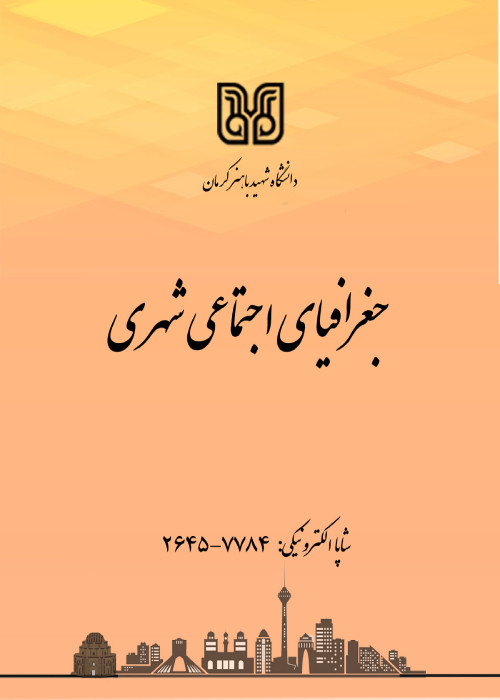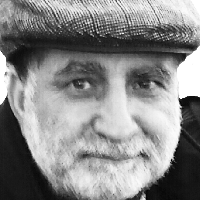Editing of indicators to assess spatial equilibrium in Iran
The correct translation of the concept of justice in the science of geography is the equilibrium, in space, which has always been emphasized as a principle in space science. Accordingly, this study tries to define the variables affecting spatial equilibrium. Also model by quantifying these variables and formulating mathematical relationships between them.
The subject of this research in the field of land use studies and its foundations is based on phenomenological method. Based on this, first, the factors that form the identity of Iranian social organizations are attempted. In the second stage, the above factors and variables are defined in a framework called the conceptual model of spatial equilibrium in the field of basic land use. In terms of fundamental land use, the spatial equilibrium model is attributed to a concept called Bio Identity Crystalloid Capacity (B.I.C.C). In this model, the vital identity of crystals includes two criteria, natural factors and characteristics, and social factors and characteristics
The access coefficient (TC) is in equilibrium in the time range of 25 to 35 minutes and the shape coefficient (FC) in the golden range is 1.6 to 1.8. Also, if the value of surface-population coefficient (AE) is zero, a state of equilibrium is created. The imbalance of this coefficient is when its value is greater than zero. But if the value of this coefficient is less than zero, it means that the city in question can be expanded.
The amount of TC for the studied cities in 1957 shows that the two cities of Mashhad and Rey with TC of 25.52 and 25.75 are in the equilibrium range in terms of access and the rest of the cities can expand to the desire for the equilibrium domain. They have. On the other hand, the amount of TC of sample cities in 1390 indicates that only the city of Bam with an TC of 15 can expand to reach the equilibrium range and the rest of the cities are out of equilibrium. Also, the value of the shape coefficient of sample cities in 1957 shows that this coefficient for the cities of Kerman (2.17) and Kashan (3.77) is beyond their equilibrium range, but for other cities is not in the equilibrium range and the possibility of expansion to have access to this amount. Also, the analysis of this coefficient for 2012 indicates that the cities of Sabzevar, Damghan and Bam with a coefficient of 1.7, are in the equilibrium range (1.6 to 1.8) and the rest of the cities are outside the equilibrium range. On the other hand, the AE coefficient obtained for the studied cities in 2012 indicates that only the city of Mashhad with a coefficient of -0.5 has a balance and can be expanded, and the rest of the cities with coefficients greater than zero are in an imbalance. The disproportionate increase in the population of these cities in recent years has led to their disequilibrium.
- حق عضویت دریافتی صرف حمایت از نشریات عضو و نگهداری، تکمیل و توسعه مگیران میشود.
- پرداخت حق اشتراک و دانلود مقالات اجازه بازنشر آن در سایر رسانههای چاپی و دیجیتال را به کاربر نمیدهد.



